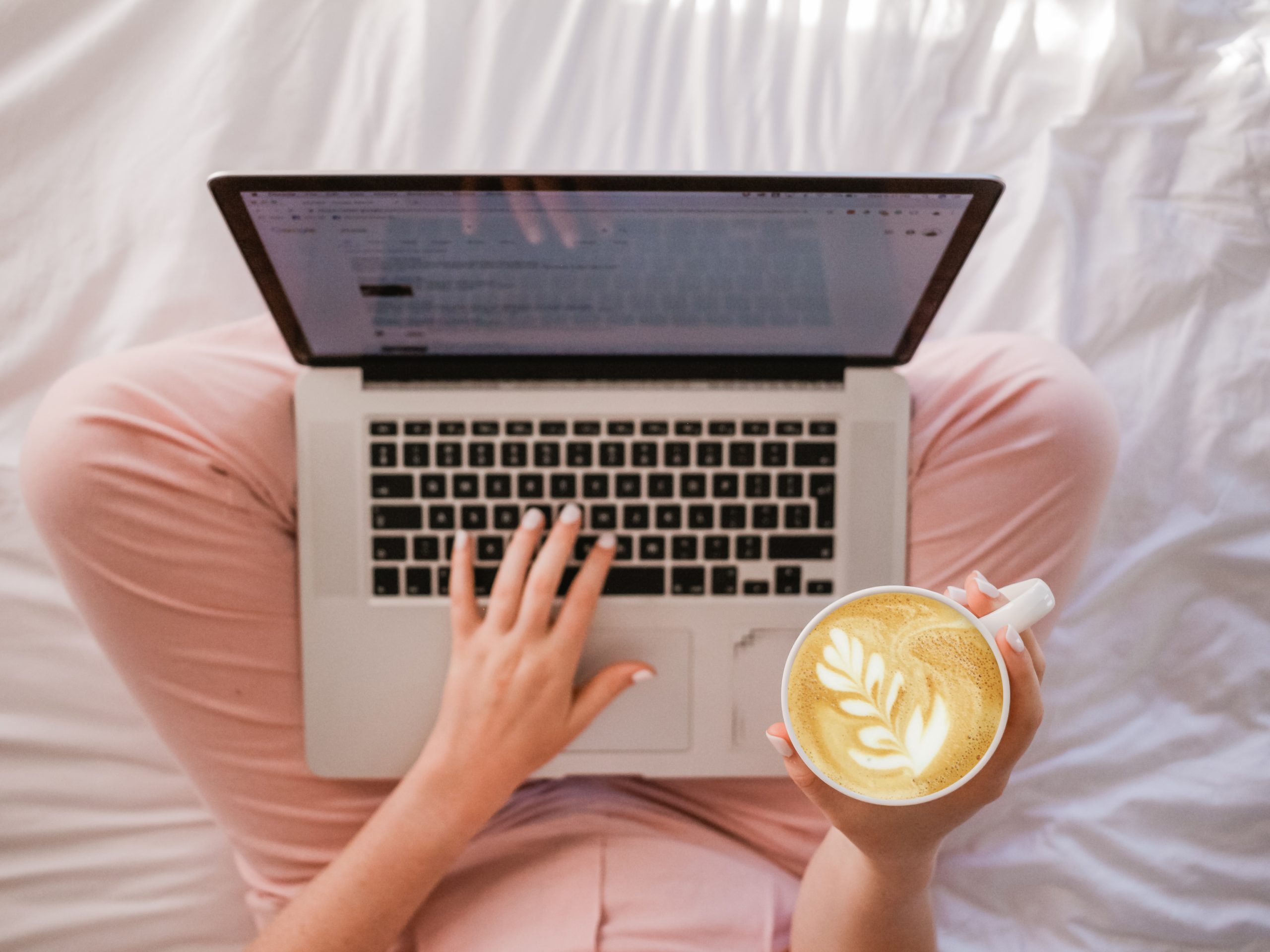Trendy is Not a Good Look for Your Brand
I love looking at pretty things. I’m a designer, so I feel like this is completely justifiable. Hey, I’m supposed to be visual, right? As an eye candy addict, it’s easy for me to fall down the Pinterest rabbit hole. And when you spend a lot of time on Pinterest, you start to notice something.
A lot of things look the same.
Pinterest makes this even easier to keep track of, because once I post a single picture of a lovely bohemian living room, my feed is suddenly full of bohemian living rooms.
Living rooms aside, Pinterest makes it really easy to see trends, including trends in graphic design. And let me tell you, if there’s one thing you don’t want to be trendy, it’s your logo.
Why?
Well, first of all, trends go out of style. Trendy brand design is not timeless brand design.
Remember when arrows and chevrons were all the rage? Me, too. And now many of those designs look dated or even a little silly now. But I’m sure at the time they felt completely modern and cool. I mean, I never thought I would get sick of wearing my dad’s neckties, either (Avril Lavigne, anyone?) but here we are.
Second of all, following trends doesn’t help you stand out from the crowd.
In fact, it does the exact opposite of what an effective brand should do. You fade into the noise of your industry instead of differentiating yourself. I’ve seen plenty of lovely watercolor and calligraphy based logos in the last couple of years that will probably stand the test of time a lot better than the all those logos created with Papyrus in the 90s. But the fact remains, they start to all blend together. They don’t stand out.
And finally, and what I think is the most important, a logo chosen because it’s trendy is not a genuine reflection of you or your brand.
It doesn’t reflect what makes you different, or the heart behind your business. I encourage you to embrace a brand identity that’s true to you, and not just a copy of what everyone else is doing.
So how can you avoid being stuck with a logo that embarrasses you three years from now?
First of all, start by defining your goals. Instead of jumping straight into the visuals, take some time to decide what it is you’re trying to communicate with your brand design. Ask yourself, “What do I want my dream clients to feel and know when they think about my business?” Then narrow down to three-five words that you feel represent your brand and appeal to the people you’re trying to reach.
Use those words as a filter during the design process. If one of your target values is “simplicity,” then an ornate script logo is probably not a good choice. However, if “luxury” is one of your top words, an ornate script font may be perfect your logo. The Brand Stylist has a great post on using brand attributes to make design decisions, and Caroline Zook talks about how she uses brand tone words to guide her design process here.
Once you have your top brand attributes, stop looking at Pinterest. Or at least stop looking at logos on Pinterest. Especially logos by other people in your industry.
I actually think Pinterest has its place the brand design process, and I use it with my own clients. But the key is in how you use it. Instead of pinning tons of logos or other people’s brand designs, pin inspirational images such as art, photography, quotes, and interior design instead. While pinning, keep your dream client and the image you’re trying to evoke in mind rather than merely pinning things just because you like them. Even better, push yourself to pin things that you find during your own research in other places, rather than merely repinning images that are already found on Pinterest and are therefore more likely to reflect the hive mind.
And finally, don’t be afraid to be different. The reason that so many of us get caught up in trends in the first place is because we want to look “legitimate.” We feel unsure of the right direction to take, so we turn to Pinterest (and Instagram, and whatever else) to see how other people are doing it for validation. Taking an intentional approach instead will make sure you end up with something that’s more true to you and reflects your own brand, rather than the brands of other people.
Looking professional doesn’t have to mean looking like everyone else in your industry.
This is not to say that all arrows are bad, or all calligraphy is bad, or that any particular design decision is wrong (unless maybe it’s Papyrus.) I’m just trying to say that when it comes to your brand design, or anything else for that matter, it’s important to be intentional. Think carefully about how you want to be seen and what you want to be known for, and make your decisions based on those goals. As long your logo meets those criteria, it’s fine if it also includes elements that are popular at the moment. And if you see any good looking bohemian living rooms, send those my way. Cause I can’t pin enough of those.

8/27/18
© 2015-2020 BRAND EPIPHANY ALL RIGHTS RESERVED • privacy policy
brand epiphany is a brand strategy and design studio • powered by sunshine and ♥ since 2015
share: